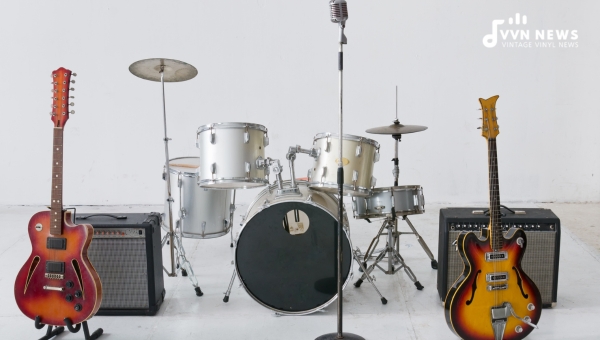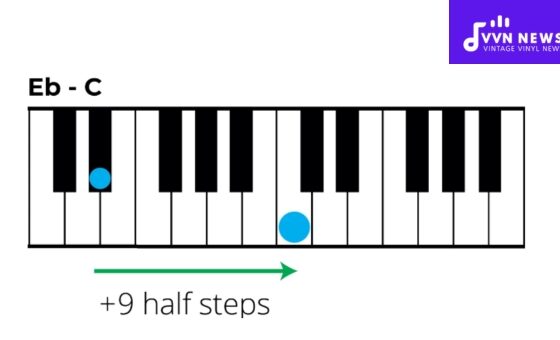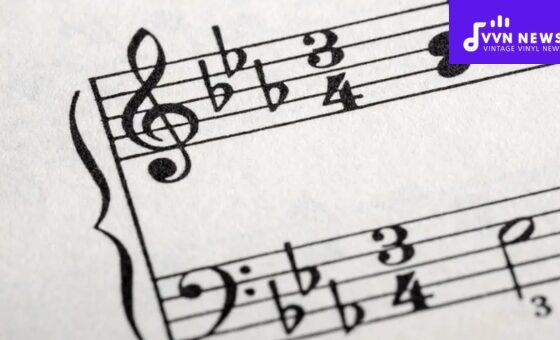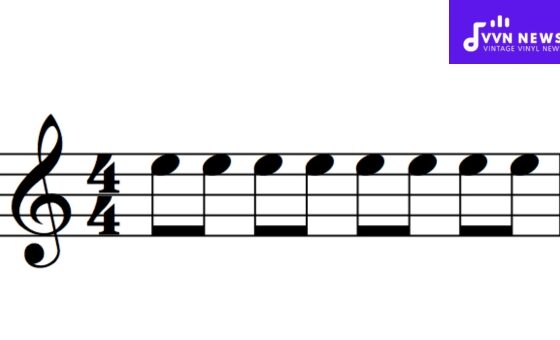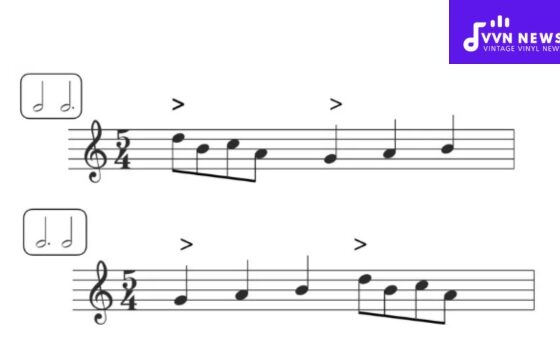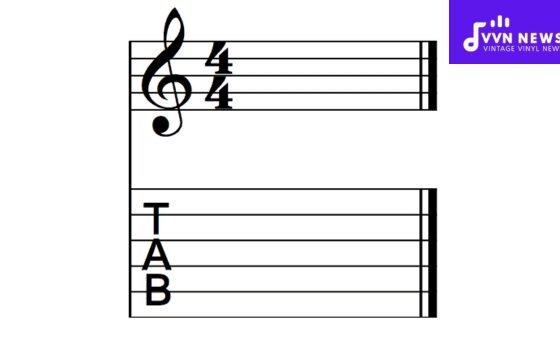Imagine a world where the most vibrant symphony, the catchiest pop song, or the poignant blues tune holds no allure.
This is a relentless reality for individuals grappling with an intriguing phenomenon known as musical anhedonia: deriving no pleasure from music.
In this blissful realm of resonating acoustic waves that can sway your emotions like a grand puppeteer, these individuals remain calm and immune to whimsical indulgences.
We all know that beauty lies in the beholder’s eye; wouldn’t it make sense that songs don’t resonate with everyone?
But musical anhedonia is not just an indifference to specific genres or artists; it’s not having an ‘unrefined palate’ or being ‘tone deaf.’
It’s a complete lack of response to music as a source of aesthetic and emotional pleasure.
While you may be swept off your feet by melodic tunes and harmonious layers creating a symphony, those with musical anhedonia remain rooted in their emotional unresponsiveness.
What is Musical Anhedonia?
Musical Anhedonia is a neurological condition where individuals do not experience pleasure or enjoyment from music. This condition is characterized by a lack of emotional responses to music despite normal functioning in other auditory areas.
People with musical anhedonia can comprehend and perceive music but fail to derive the typical emotional responses associated with it.
This condition is relatively rare, affecting approximately 3-5% of the population.
It can be inherent or acquired due to lesions in specific brain areas involved in reward processing.
Treatment strategies are currently limited but may include therapies focusing on cognitive processes, emotion recognition, and enhancement of sensitivity to music-based emotional cues.
Why Some Don’t Enjoy Music
One would then ask – “Why don’t they enjoy music?” The crux lies in how different brains process enjoyment.
Not all brains respond similarly to stimuli – including music – due to variations in neurological wiring and possibly genetic factors.
Much research has investigated why some people don’t enjoy music like others.
Findings indicate that musical anhedonic brains process auditory information just like typical individuals; they fail to experience conventional emotional reactions or derive pleasure from these sounds.
Musical anhedonia isn’t about avoiding a particular genre or disliking specific songs; it pertains more to not experiencing pleasure whatsoever when listening to any tune.
Also Read: 30 Crazy Science-Supported Facts About Music [2025 Latest]
The Neuroscience of Musical Anhedonia
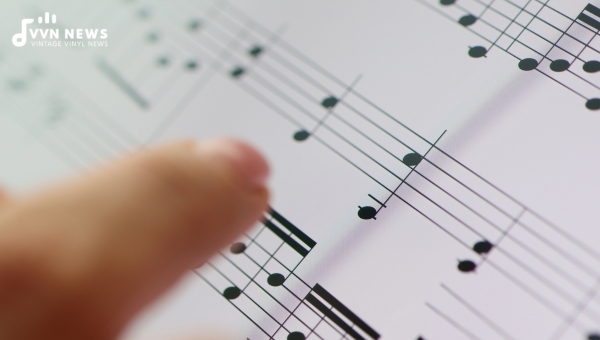
Diving into the realms of the brain, let’s endeavor to comprehend musical anhedonia from a neurological perspective.
Neurological Aspects
This anomalous condition is not anchored in any sensory defect or an inability to perceive and comprehend music’s auditory aspects.
The prime anomaly lies in how these individuals’ brains process the pleasurable emotions typically experienced when listening to music.
Researchers have used functional magnetic resonance imaging (fMRI) techniques to study brain activity in self-reported musical anhedonics while they listen to music.
This approach has allowed scientists to observe how various brain regions interact, opening up a window into the neural networks involved in experiencing pleasure from music.
According to a study by Nature, the variance between typical listeners and those who experience musical anhedonia was highlighted during music listening.
The latter showed comparatively reduced connectivity between the right superior temporal gyrus (responsible for processing sound) and ventral striatum (a core region associated with reward processing).
Impact on Emotions and Mood
From a mood modulation perspective, it’s intriguing that people with musical anhedonia can still experience pleasure from other sources such as food, social activities, or other art forms like visual or performing arts.
This suggests that music-specific pleasure circuits exist in our brains, which might not intermingle with other hedonic experiences.
Notably, these individuals do not generally display symptoms of depression or generalized anhedonia (the inability to feel pleasure from anything), further reinforcing that this is not a broad emotional dysfunction but instead explicitly limited to music.
Also Read: Who Was Israel Kamakawiwo’ole? 2025 [The Music Of Hawaii]
Symptoms and Diagnosis
In grappling with such an intricate condition, identifying signs and obtaining a professional diagnosis are crucial strides one needs to take.
Identifying Signs
The onset of musical anhedonia can be subtle and varies with each individual. Identified below are a few telltale signs that might indicate the presence of this condition:
- Lack of emotional response: Even compelling music fails to elicit typical emotional reactions in most individuals.
- No pleasure from music: Despite having the ability to recognize various elements of music, such as rhythm, melody, and harmony, there is a complete absence of positive feelings associated with them.
- Preference for silence: A notable preference for silence over music or choosing activities like reading or exercising in quiet surroundings.
- Lack of musical curiosity: Showing minimal interest in exploring new songs, genres, or artists.
As we unpack these indicators, remember they are subtle and might often be mistaken for disinterest or disdain towards certain kinds.
Professional Diagnosis
When it comes to a professional diagnosis, musical anhedonia is a relatively underexplored field. You may consult with the following professional entities:
- Psychologists or psychiatrists: These professionals often come across individuals with anhedonia (truancy of pleasure) associated with other disorders like depression; hence, they have some understanding in diagnosing related conditions.
- Neurologists: Since musical anhedonia is related to brain function and connectivity, neurologists could provide valuable insights.
Renowned neuropsychologist Robert Zatorre’s team from Montreal Neurological Institute developed a Music Reward Questionnaire, one assessable tool currently helpful in diagnosing this unique phenomenon.
If you suspect that you might exhibit symptoms of musical anhedonia – don’t panic.
It doesn’t necessarily denote anything is ‘wrong’. Like how varying personalities grace this world, differences exist within us, celebrating uniqueness – our neural responses do as well.
Also Read: Benefits of Using Chord Maps In Music Composition 2025
Perception and Effects of Music

Understanding the perception and effects of music, especially in those with musical anhedonia, can help foster empathy and patience for these individuals.
Perception
To further comprehend this condition, diving into the intricacies of music perception among people affected by musical anhedonia is essential.
Experiences Of Individuals With Condition
Those with musical anhedonia perceive music just like the rest of us–mirroring our comprehension of melody, rhythm, and harmony.
What differs is the inability to resonate emotionally with these musical elements.
Whether it is a soulful ballad or a foot-tapping number, they can appreciate a song’s technical aspects or creative mastery but fail to connect to its emotional essence.
While many resonate with Friedrich Nietzsche’s belief – that “Without music, life would be a mistake,” those experiencing musical anhedonia live in a unique sphere where such sentiments hold little relevance.
Different Interpretations of Music
An exciting facet about individuals dealing with this condition is despite not deriving pleasure from music in conventional ways, they may interpret it differently.
These interpretations could be non-existent or different altogether for someone grappling with musical anhedonia.
Effects
Now, let’s explore how this lack of emotional response socially influences people with this curious condition.
Broader Social Implications & Struggles
People often bond and connect through shared emotional responses evoked through music – concise encapsulation of universal experiences.
Hence, someone who doesn’t experience similar reactions could find social situations involving music – concerts, parties, festivals – disconcerting.
They might also try to fake enjoyment or merely observe others’ responses rather than genuinely experiencing them alone.
In cultures where musical expression holds prominence in communication – birthdays, weddings, or other ceremonies – they might feel detached and alienated.
The social effect does not stop here; even professional pursuits involving auditory appreciation could be beyond their reach.
Hence, the path to acceptance for individuals struggling with musical anhedonia can be demanding in a world that profoundly cherishes melody and rhythm as interpretable emotions.
Coping and Treatment Methods
Currently, no medically tested and validated treatments for musical anhedonia exist. Congnitive-behavioral therapies (CBT) can sometimes be utilized in managing the condition.
Medical Solutions: Current and New Therapies
Since scientific research into musical anhedonia is still relatively nascent, no specific medical interventions have been thoroughly developed.
Specific therapies, such as cognitive-behavioral therapy, aim to help individuals recognize and change distressing thought patterns, which could be the trick in helping some lead more harmonious lives.
Further research is essential to establish specific treatment strategies and therapeutic yields.
On a more radical note, transcranial magnetic stimulation (TMS), a non-invasive procedure that uses magnetic fields to stimulate nerve cells in the brain, shows promise for treating various forms of anhedonia.
It’s not yet part of standard medical practice for treating musical anhedonia; nevertheless, future enlightenment may emerge from experimental treatments.
Coping Methods
While we wait for extensive scientific breakthroughs on configuring treatments specifically tailored for this condition, let’s focus our lenses on immediate ways of improving quality of life through conscious coping methods:
- Acceptance: Embrace your neural wiring, which plays a big part in determining what stimulates feelings of pleasure within you. Trying to force enjoyment from sources that inherently don’t gratify you can only further amplify frustration and distress.
- External Validation: Do not place your self-worth on how many boomboxes or record players you own or how audibly vibrant your playlists are. What pleasures one doesn’t necessarily have to pleasure all.
- Summary Songs: Learn about important cultural events or stories through summary songs if music carries substantial educational information but does not stir pleasure within you.
Navigating life with musical anhedonia might present unique social and personal challenges.
With enduring patience, constant exploration, and deep introspection – every individual can foster new ways to experience joy.
Also Read: What Does A Music Therapist Do? [Skills, Career And Salary]
Social Response: Fostering Understanding

The subject of mental health in recent years has seen increasing interest and conversation, highlighting the critical need for more open discussions addressing conditions such as musical anhedonia.
This helps familiarize the public with such concepts, fostering empathy and reducing misconceptions and stigma.
Open Conversations on Mental Health
We witness the beginning of much-needed conversations through platforms like personal blogs, social media networks, podcasts, and mental health-focused forums where sufferers can share their experiences.
Psychological professionals also play a crucial role in driving these dialogue channels forward by providing insights into conditions like musical anhedonia.
In my opinion, knowledge is a fundamental janitor against ignorance’s dust. Understanding breeds empathy and aids those grappling with these conditions silently out of fear of judgment or rejection.
Inclusivity Promotion
Promoting inclusivity works hand-in-hand with initiating open conversations about these subjects.
Encouraging individuals to become “mental health-inclusive” in their approach toward others can support this different group’s integration into social norms better.
To focus on promoting inclusivity means consciously making space for understanding that each individual has different capacities for significant sensory perceptions- like music – empathizing, educating ourselves about anhedonia and similar mental health conditions, and normalizing them without stigmatizing individuals dealing with them.
The real power of understanding shines when we learn to respect every person’s unique neurological patterns without ostracising or patronizing them over them.
FAQs About Musical Anhedonia
What is musical anhedonia?
Musical anhedonia refers to an individual’s lack of response to music as a source of aesthetic and emotional pleasure.
How prevalent is musical anhedonia?
According to studies, approximately 3-5% of the population may suffer from this unique condition.
Does musical anhedonia mean someone is tone-deaf?
Not necessarily. An individual with musical anhedonia can often perceive differences in melody, rhythm, and harmony but doesn’t derive pleasure from these sounds.
Is there a treatment for musical anhedonia?
There’s no specific treatment for musical anhedonia, as it’s closely tied to individual neurological connections and genetic factors.
Can people with musical anhedonia enjoy other forms of art or activities?
Yes. This condition pertains explicitly to their inability to derive pleasure from music. They can still find joy in other activities or forms of art.
Conclusion
In a world where music plays such a vital role in mood regulation, storytelling, and social bonding, living with musical anhedonia can present unique challenges and experiences.
Understanding this condition better illuminates fascinating aspects of our brain’s workings and brings empathy for those living with it.
It is important to remember – as long as they lead fulfilling lives, musical anhedonics should not be viewed with pity or misunderstanding.
After all, the palette of human emotion is vast and subjective, extending well beyond the realm of music.
